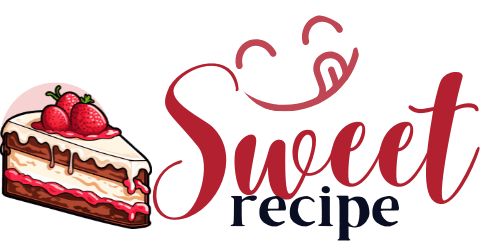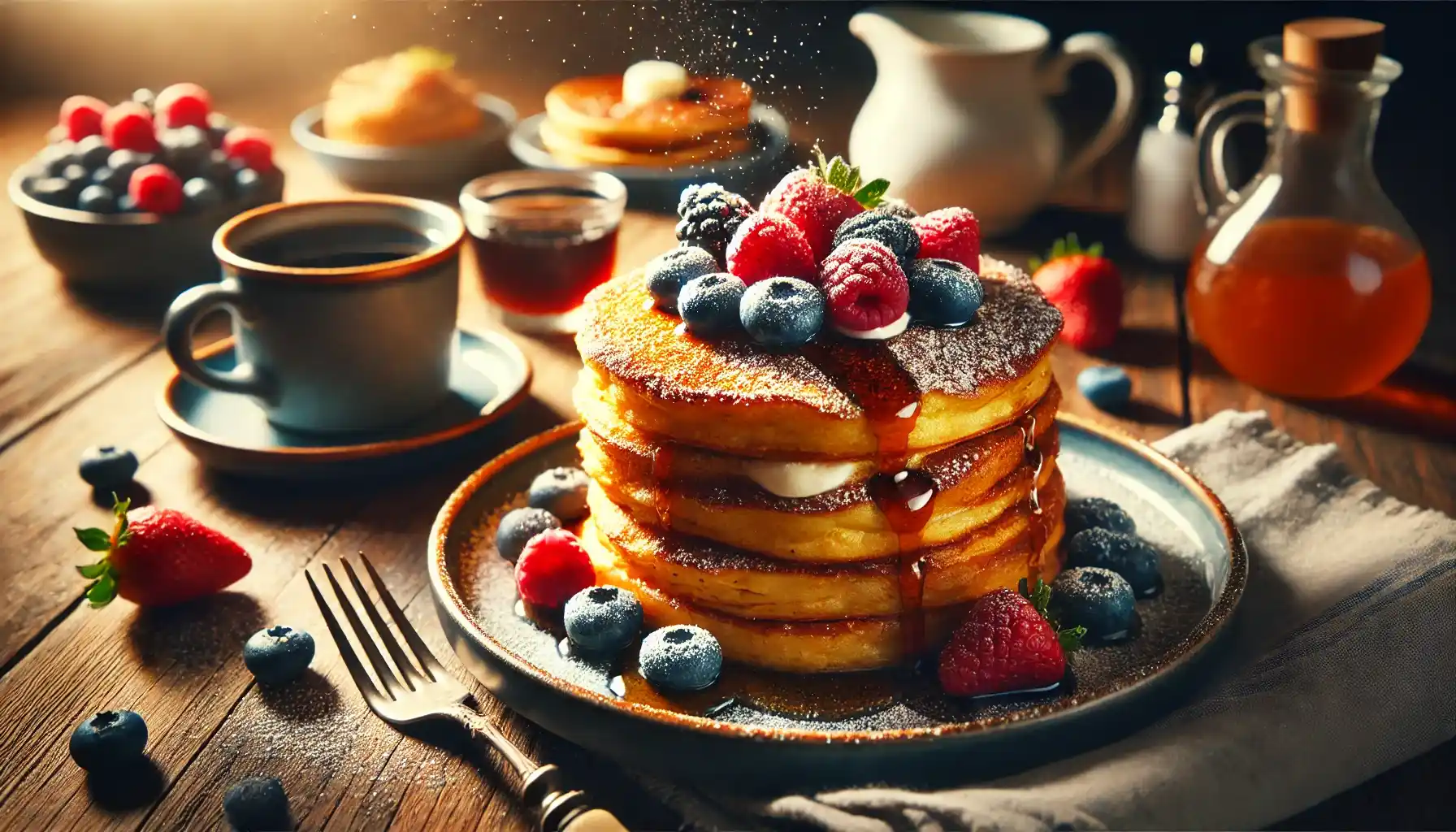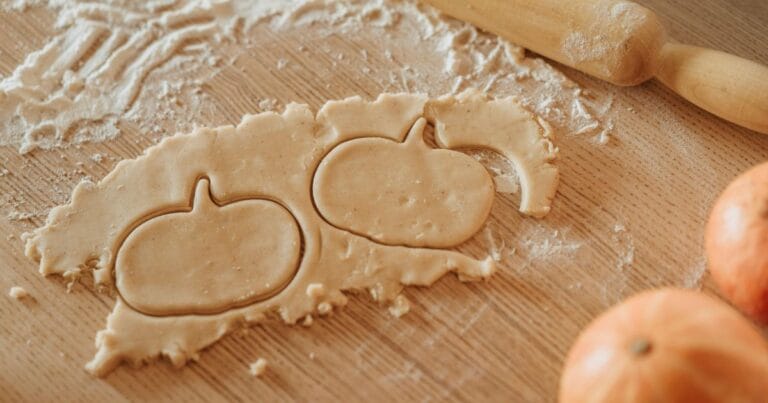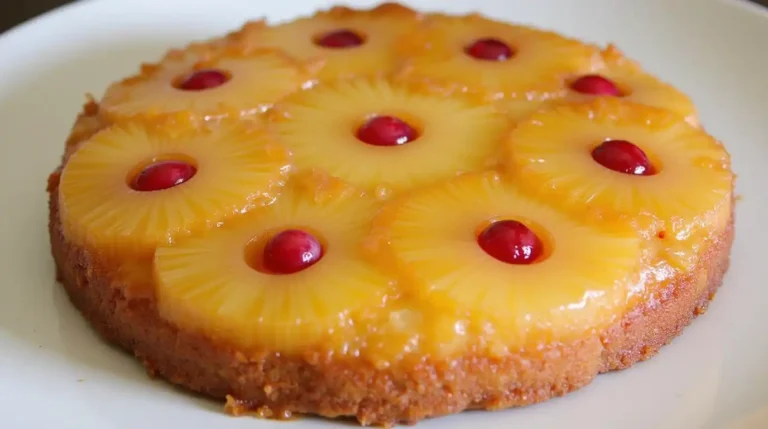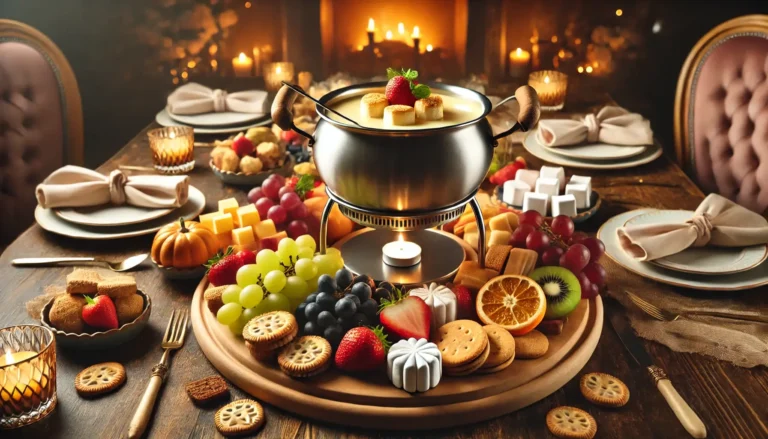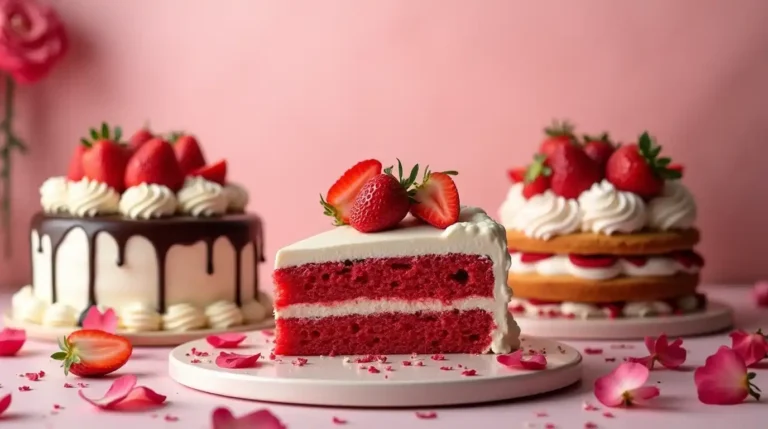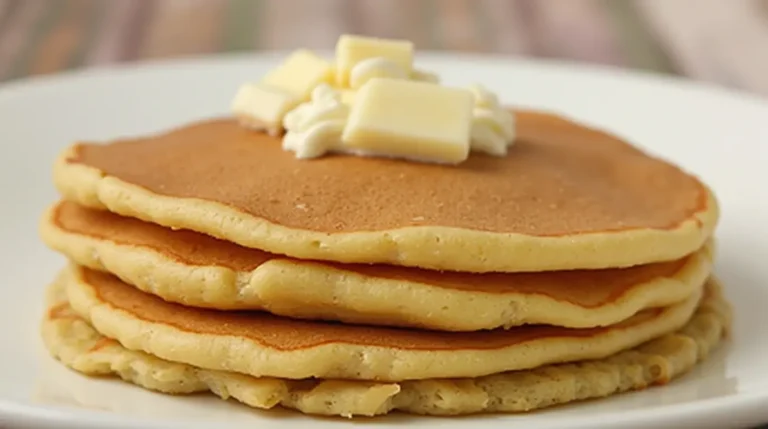French Toast Pancakes: A Delectable Hybrid Breakfast You Didn’t Know You Needed
Breakfast lovers are no strangers to the eternal debate: French toast or pancakes? Both are comforting morning staples, each with its own devoted following. But if you’ve ever found yourself torn between a fluffy stack of pancakes and a decadent slice of French toast, a unique crossover promises the best of both worlds—French toast pancakes. Imagine the sweetness and soft texture of a classic pancake, infused with the eggy, cinnamon-kissed essence of French toast. In one simple dish, you can bridge two breakfast powerhouses into a single, indulgent treat.
Table of Contents
In this article, we’ll dive into the concept of French toast pancakes, dissect their key ingredients and techniques, and guide you step-by-step through creating them. We’ll also explore variations, serving ideas, and troubleshooting tips—so you can enjoy a crowd-pleasing brunch or a laid-back weekend feast at home.
What Are French Toast Pancakes?
One way to define French toast pancakes is to see them as pancakes that taste like French toast. Rather than simply pouring maple syrup over a plain pancake, you’ll create a lightly sweet and cinnamon-infused batter reminiscent of the custard used in French toast. Each pancake is pillowy, yet has that subtly crisp edge and warm, spiced depth you typically associate with French toast. The result is a culinary hybrid that satisfies both cravings in one go.
Why Merge the Two?
- Novelty: If you love experimenting, combining two classic breakfast items offers a fun way to spice up your morning routine.
- Family-Friendly: These pancakes have cross-generational appeal—kids love the sweetness and cinnamon flavor, while adults appreciate the familiarity of both French toast and pancakes.
- Simplicity: Despite the fancy-sounding name, French toast pancakes are easy to whip up. If you know how to make standard pancakes, you’ll find this recipe quite accessible.
Key Ingredients: From Pantry Staples to Flavor Boosters
Flour
- All-Purpose Flour: Provides structure and a light crumb. If you prefer a fluffier texture, consider substituting a portion with cake flour.
Leavening
- Baking Powder: A go-to for pancakes, ensuring they rise and achieve an airy consistency.
- Baking Soda (Optional): Particularly useful if you add an acidic component like buttermilk.
Sugar and Spice
- Granulated Sugar: Adds sweetness to the batter, but not so much that syrup becomes overkill.
- Brown Sugar: A possible alternative that introduces a subtle molasses note, pairing beautifully with cinnamon.
- Cinnamon: Key for achieving the signature “French toast” flavor. Feel free to add nutmeg or a pinch of cloves for a warm, spicy touch.
Eggs
- Structure and Richness: Essential for that custardy dimension reminiscent of French toast. Room-temperature eggs blend more smoothly into the batter.
Dairy
- Milk or Buttermilk: Buttermilk gives tang and fluff; milk is equally viable for a more classic taste.
- Cream (Optional): Some recipes call for a tablespoon or two of heavy cream for extra richness.
Flavor Enhancers
- Vanilla Extract: A must in French toast batter, so also essential here for bridging the two dishes’ flavor profiles.
- Salt: A pinch heightens sweetness, ensuring the cinnamon and vanilla shine.
Step-by-Step Recipe: French Toast Pancakes
Below is a straightforward recipe that yields about 8–10 medium pancakes, ideal for a family brunch or a leisurely weekend meal. You can adjust quantities if cooking for a crowd or scaling down for a smaller household.
Ingredients
- Dry Mix
- 1½ cups (about 190g) all-purpose flour
- 2 tablespoons granulated sugar
- 2 teaspoons baking powder
- ½ teaspoon salt
- 1 teaspoon ground cinnamon (plus a pinch of nutmeg, optional)
- Wet Mix
- 1 cup (240ml) milk (or buttermilk)
- 1 large egg, room temperature
- 2 tablespoons melted unsalted butter (or a neutral oil)
- 1 teaspoon vanilla extract
- Optional
- 1 tablespoon brown sugar (in place of or addition to the granulated sugar)
- A dash of nutmeg or ground cloves for extra warmth
Directions
1. Combine Dry Ingredients
- In a medium bowl, whisk together the flour, sugar, baking powder, salt, and cinnamon. If you’re adding nutmeg or other spices, include them here.
- Make sure there are no lumps in the dry mixture, as clumps can lead to unevenly textured pancakes.
2. Blend Wet Ingredients
- In a separate bowl, whisk the milk, egg, melted butter, and vanilla extract until well combined.
- If you’re using buttermilk instead of milk, reduce or omit the baking soda if your original pancake recipes typically pair buttermilk with it. Keep an eye on consistency.
3. Combine and Rest
- Create a well in the center of the dry mixture. Pour in the wet mixture, stirring gently to avoid overmixing. Some small lumps are fine—over-stirring can produce dense pancakes.
- Let the batter rest for about 5 minutes. This pause allows the gluten strands to relax and the baking powder to start doing its job.
4. Cook the Pancakes
- Heat a non-stick skillet or griddle over medium heat. Lightly grease with butter or a spritz of cooking spray.
- Ladle about ¼ cup of batter for each pancake. Cook until small bubbles form on the surface and the edges appear slightly set, usually 2–3 minutes.
- Flip and cook another 1–2 minutes or until golden brown. Keep the finished pancakes warm in a 200°F (93°C) oven, loosely covered with foil.
5. Garnish and Serve
- Pile the pancakes into a stack. Drizzle with maple syrup, dust with powdered sugar, or top with fresh berries and whipped cream. The warmth of the pancakes amplifies the cozy French toast vibe.
Delicious Variations and Serving Ideas
Fruity Fusion
- Add Fresh Fruit to the Batter: Fold in diced apples or pears for an autumn twist, or blueberries for a summery flair.
- Top with Berry Compote: Simmer mixed berries with a bit of sugar and lemon juice to create a tangy sauce that offsets the sweetness of the pancake stack.
Savory Options
- Bacon or Ham: For a salty counterpoint, serve crispy bacon or country ham alongside. The hint of cinnamon pairs surprisingly well with savory meats.
- Cheesy Twist: Incorporate shredded cheddar into the batter for a sweet-and-salty crossover reminiscent of a brunch casserole.
Add a Caramelized Touch
- Cinnamon Sugar Drizzle: Whisk melted butter with sugar, cinnamon, and a pinch of salt; drizzle over your pancake stack for a crunchy, sweet topping.
- Bananas Foster Pancakes: Caramelize bananas with brown sugar, butter, and a splash of rum or banana liqueur. Spoon the mixture over your pancakes for a flambé-inspired finish.
Make It “Double” French Toast
- Soak and Griddle: After cooking your pancakes, you could even dip them in a classic French toast egg wash briefly, then brown them again. It’s an over-the-top approach, but a must-try for true breakfast enthusiasts.
Tips and Troubleshooting
- Temperature Control
- Keep the skillet at medium heat to avoid over-browning or undercooking. If the skillet is too hot, your pancakes could burn on the outside before cooking through.
- Avoid Overmixing
- Once you combine the wet and dry ingredients, a gentle stir is all you need. Overmixing yields tough, dense pancakes.
- Use Fresh Spices
- Cinnamon, nutmeg, and cloves lose potency over time. Ensure they’re fresh for the best possible flavor.
- Don’t Neglect the Rest
- A quick rest of 5–10 minutes can make a noticeable difference in fluffiness. This step lets the leavening agents activate properly.
- Experiment with Toppings
- Maple syrup is a classic, but caramel or chocolate drizzle, peanut butter, or fruit syrups can be just as good.
Frequently Asked Questions
1. Are French toast pancakes just pancakes with cinnamon?
They’re more than that. While cinnamon is an essential flavor, the recipe also typically includes enough egg and vanilla to replicate the custard notes found in French toast. The result is a pancake that tastes like it’s been dipped in French toast batter.
2. Can I make the batter ahead of time?
Pancake batter is best used shortly after mixing, while the leavening agents are active. If you must, store it in the fridge for up to overnight, but expect slightly less fluffy results.
3. What about a gluten-free version?
Simply swap all-purpose flour for a quality 1:1 gluten-free baking blend. Ensure that any additional binders (like xanthan gum) are either included or added as recommended. Monitor consistency, as gluten-free flours may absorb liquid differently.
4. Can I omit eggs?
Yes, though the custard-like effect might be less pronounced. A flax egg (1 tablespoon ground flaxseed + 3 tablespoons water) or store-bought egg replacer can help the batter hold together. The flavor will still be reminiscent of French toast, though less rich.
5. Why are my pancakes turning out too thin or runny?
Check the consistency of your batter. If it’s too thin, whisk in a tablespoon of flour at a time until it reaches the desired thickness. Overly thin batter often stems from measuring errors or differences in flour moisture content.
Final Thoughts
French toast pancakes offer a whimsical union between two breakfast all-stars. By blending the fluffy nature of pancakes with the sweet, eggy goodness of French toast, you create an innovative dish that’s perfect for weekend brunch, special occasions, or any time you need a comforting meal. From customizing with fruit compotes to adding savory elements like bacon, the possibilities are endless—and each one feels like a warm hug on a plate.
Embrace the harmonious flavors of cinnamon, vanilla, and a hint of sugar, and consider sprinkling your stack with finishing touches like powdered sugar or fresh berries. Whether you’re cooking for kids, impressing brunch guests, or treating yourself to an indulgent morning, French toast pancakes deliver sweet satisfaction—no compromise necessary. After all, sometimes the best solution to a classic breakfast dilemma is to say “why not both?” and enjoy the best of both worlds.
For more inspiration and professional tips on breakfast classics, explore King Arthur Baking’s Pancake Recipes. Their comprehensive guides and tested formulas can help refine your pancake-making technique and bring even more variety to your morning table.
